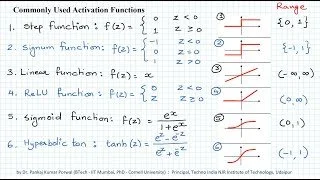Network Science 101: Network Science FAQ
What even is a network?
At it’s most basic, a network is a set of things (called nodes) and the relationships (called edges) that connect them.
Anything can be a node: a person, a topic, a physical location, even a product or a website. Nodes can be referred to as the thing they represent (e.g. people, buildings, semantic topics, cities, or social media posts), or you can simply call them nodes.
Similarly, edges can represent many types of relationships: follow-based relationships on social media platforms like Twitter, a shared characteristic (ex. two topics that are related), or even a co-occuring behavior (ex. two people who used the same hashtag). You might reference different types of edges as the relationship they represent (e.g. following, physical connection, semantic similarity, etc) or, like nodes, you can use the term edges.
Almost any set of things and their relationships, whether physical, digital, or conceptual, can be represented as a network.
What is network analysis?
Network analysis is often conflated with the sub-field of social network analysis, but network analysis is a more general framework for deriving information about a complex system, it’s component parts, and the relationship dynamics between them. Rather than one specific technique, network analysis is an array of integrated methods to find and represent relationships among nodes, and analyze the structures that make up these relationships.
Network Analysis vs Social Network Analysis vs Network Science vs Social Listening
These terms are often conflated or used interchangeably. So if you’re confused about the difference, you’re not alone.
Social network analysis is technically focused on how direct interactions between nodes are structured and, in turn, how that relationship structure limits or enables various activities. These analyses can also have a time component, where the objective is to study network evolution or change over time, and you might hear that referred to as Dynamic Network Analysis.
Network science is generally regarded as large scale network analysis, on the basis that the pattern of relationships between nodes, regardless of node type, has an effect on the possible activities of the nodes.
Social listening is quite different altogether. Social listening involves monitoring keywords or specific social media accounts. There is not often a network analysis component, as social listening involves taking in all the social media data surrounding a specific hashtag, account, or keyword as opposed to network analysis and network science which are focused on the relational dynamics and meaningful patterns.
Conclusion
Now that you know more about what network analysis is, we’ll cover common methods, tools, and use cases for network analysis in a future post.
In the meantime, check out some of our favorite books on networks and graph data:
The Practitioner's Guide to Graph Data
Building Knowledge Graphs: A Practitioner's Guide
Programming the Semantic Web: Build Flexible Applications with Graph Data
Graph Algorithms: Practical Examples in Apache Spark and Neo4j
Want a deep dive into this or related topics, need in depth answers or walkthroughs of how to extract value out of your networked or relational data? Send us an email to inquire about hands on consulting or workshops!





